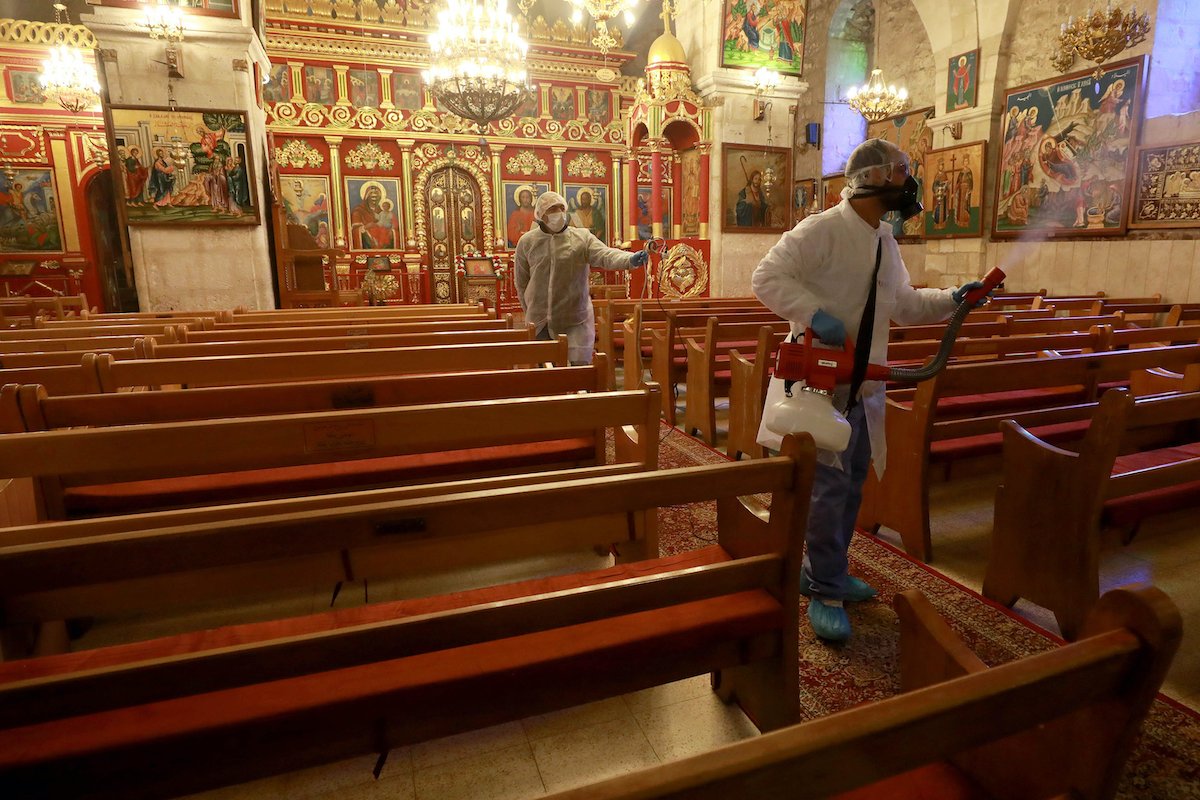“Let us hold unswervingly to the hope we profess, for he who promised is faithful. And let us consider how we may spur one another on toward love and good deeds, not giving up meeting together, as some are in the habit of doing, but encouraging one another—and all the more as you see the Day approaching.” (Heb. 10:24-25)
To open or not to open? One of the great questions of our moment.
Immediately all the attendant questions come rushing through the door. Is meeting irresponsible? Are church gatherings essential? Couldn’t we do without them, if even just for a season?
Login to read more
Sign in or create a free account to access Subscriber-only content.
